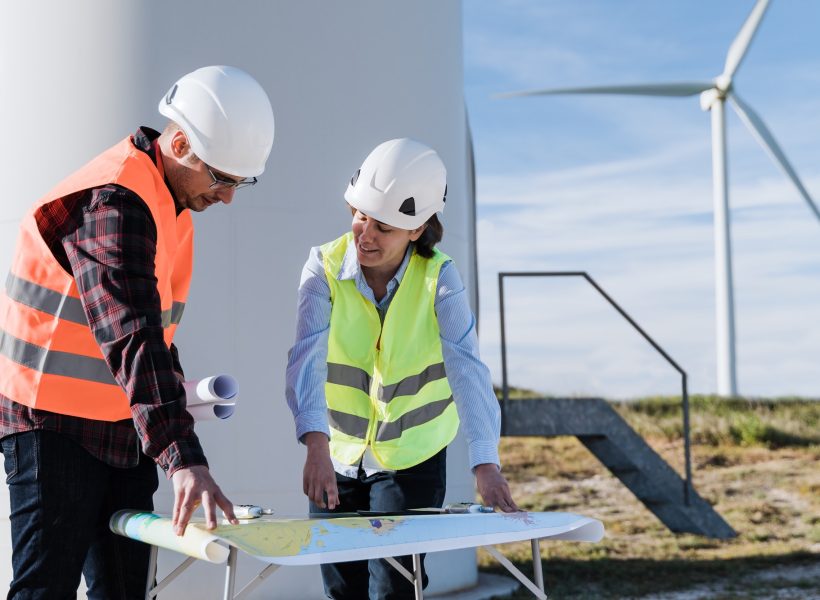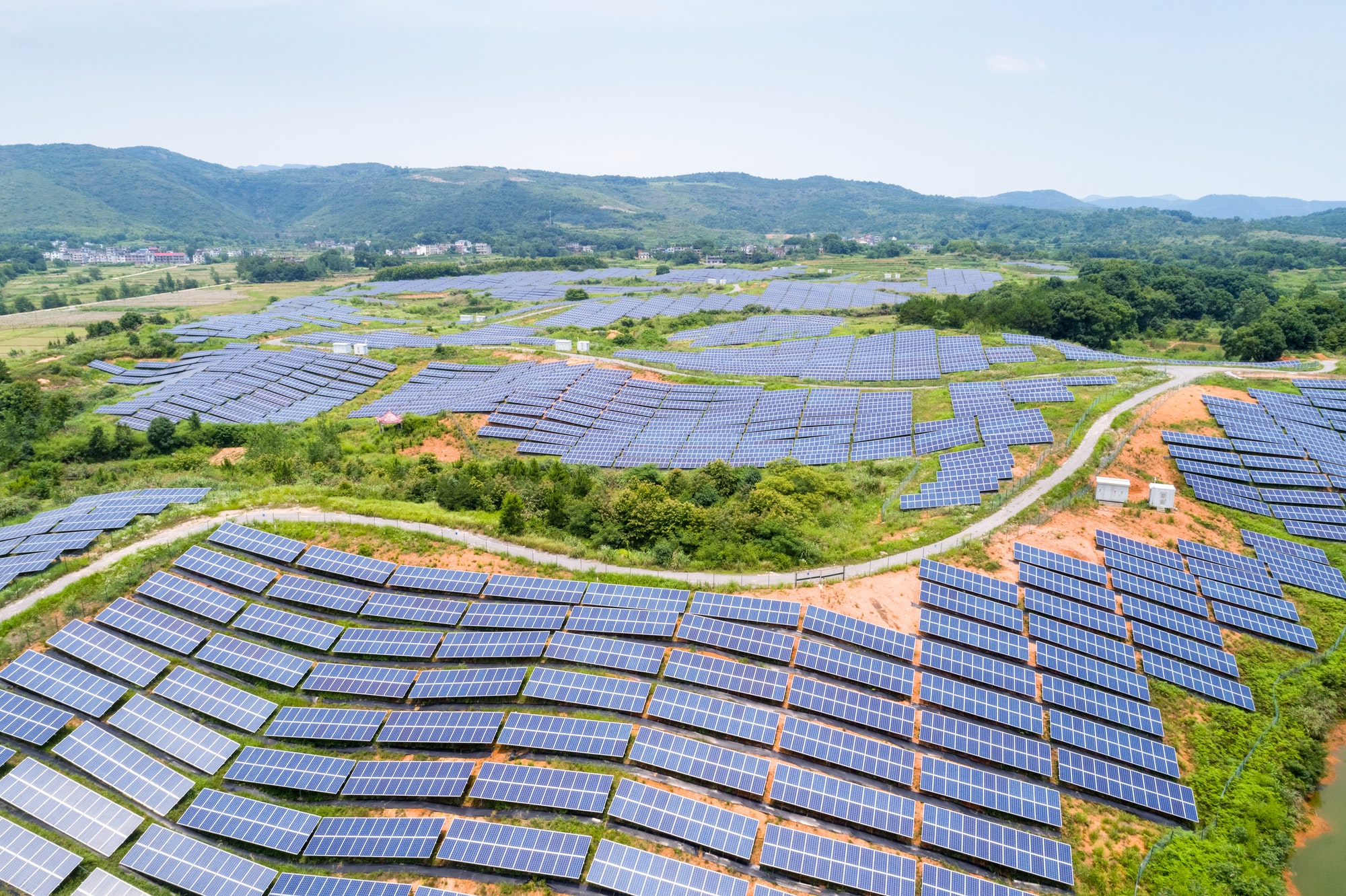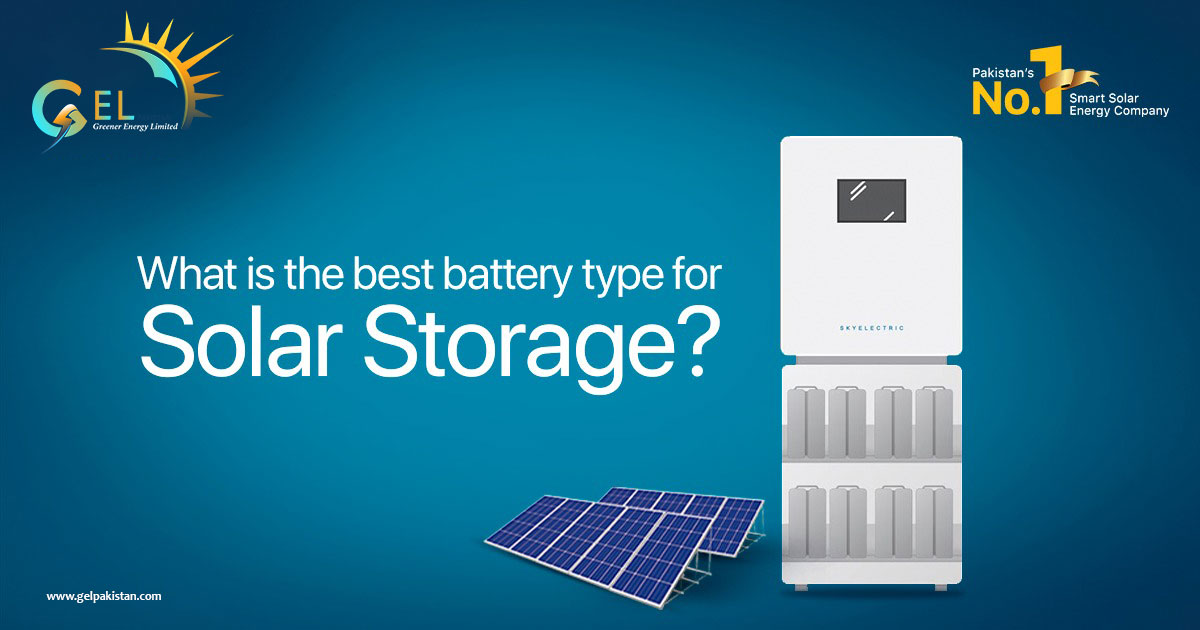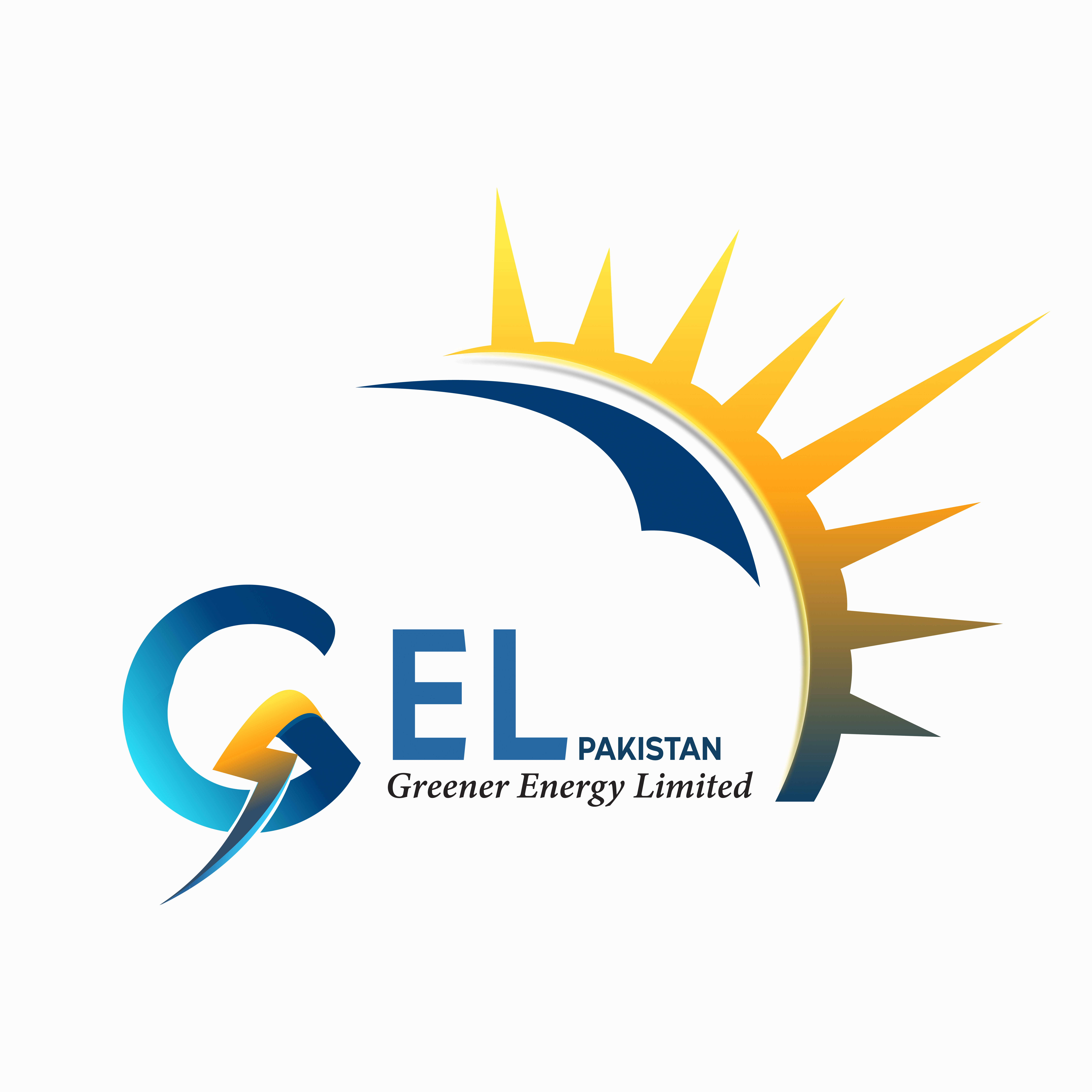Solar Power: Everything You Need To Know

Solar Power: Everything You Need To Know
Solar power is simply useable solar energy in the form of electric or thermal energy. Solar energy may be captured by a variety of methods, the most popular being a photovoltaic solar panel system, or PV system, which turns the sun’s rays into usable electricity. Aside from generating electricity using photovoltaic cells, solar energy is often employed in thermal applications to heat indoor rooms or fluids. To completely utilize the sun’s energy, residential and industrial property owners can install solar hot water systems and design their properties with passive solar heating in mind.
Despite being a leading renewable energy source, solar panel installation remains shrouded in mystery. How much does solar energy cost? Do you require a battery? How does solar energy work? How many solar panels are enough to do the job? We’ve broken down the basics of solar power to address your concerns and provide a better knowledge of this growing energy source.
Table of Contents
A brief history of solar power
Bell Labs created the first silicon photovoltaic cell in 1954. Although solar energy has previously been captured and transformed into useful energy via various methods, it was not until 1954 that solar power became a reliable source of electricity to power devices for lengthy periods. The first solar cells converted solar radiation to electricity with a 4 percent efficiency – in contrast, many commonly accessible solar panels today can convert sunlight to solar power with a 20 percent efficiency, a number that is constantly increasing.
How does solar power work?
Solar power can run anything that fossil-fuel electricity can, just without the guilt of releasing toxicity and dirty pollutants into the environment.
Understanding how solar power works requires two important concepts:
- The process by which solar panels convert sunlight into energy
- How that power is delivered to our homes and industries
How do solar panels work?
A solar panel (also referred to as a solar module) is made up of a layer of silicon cells, a glass casing unit, a metal frame, and a wire to transport the silicon’s electric current. Silicon (atomic number 14 on the periodic table) is a nonmetal that has conductive properties that enable it to absorb and convert sunlight into usable power. When direct sunlight strikes a silicon cell, it causes electrons in the silicon to move, causing an electric current to flow. This is known as the “photovoltaic effect”, and it explains the overall operation of solar panel systems.
The photovoltaic (or PV system) process involves the following major steps:
- Solar radiation is absorbed by the silicon photovoltaic solar cell.
- When the sun's rays collide with the silicon cell, electrons begin to migrate, resulting in an electric current flow.
- Wires collect and transmit direct current (DC) electricity to a solar inverter, which converts it to alternating current (AC).
How is solar power converted into electricity?
The photovoltaic effect is what causes solar power to be generated. After passing through the photovoltaic process, solar energy is sent by wires to a Solar PV Inverter. The solar panel’s electricity is changed from direct current (DC) to alternating current (AC) here.
Alternating current, as the name implies, indicates that the electrons in the current can continue to alternate directions, whereas direct current can only move in one way.
Unlike DC, which loses energy as it travels, we utilize AC because it is safe to deliver higher power over long distances. After passing through this inverter, the energy is ready to be used anywhere on your property.
The cost of solar energy
The cost of solar panels has decreased significantly in line with an improvement in solar efficiency. Over the last decade, the cost of installing solar panels has dropped by more than 60%, and many industry analysts believe that prices will continue to fall in the coming years.
Furthermore, depending on where you reside, many rebates or incentives for solar power may help to further reduce the cost of solar energy. Several states and utilities provide additional incentives (such as net metering), lowering the cost of solar power even further.
Types of solar power systems
Solar energy may be used in a variety of ways. There are solar thermal energy sources that absorb heat from the sun for different usages, such as solar hot water systems, concentrated solar power systems, and solar cooking systems. When you think of solar electricity, you usually think of solar panels, which are photovoltaic solar systems.
The majority of household solar power systems are photovoltaic and fall into one of the three categories:
- 1. Grid-tied systems
- 2. Solar-plus-storage systems (AKA hybrid systems)
- 3. Off-grid systems

1. Grid-tied solar power system
The majority of solar panel systems in the market today are grid-tied systems, which link the solar panel system to the utility grid. The solar electricity generated by your panels will be used to power your home. If your panels generate more electricity than your home requires, the excess electricity will be delivered to the grid.
In most cases, you’ll be compensated for sending surplus power to the utility via solar installation with net metering services, although the exact amount depends on your utility company. Because your house is still linked to the grid, you may utilize utility power from the national grid when your solar panels aren’t producing enough electricity to meet your energy consumption demands.
2. Solar-plus-storage system
Solar-plus-storage systems, also known as hybrid systems, are solar panel systems that are linked to the grid as well as an on-site solar storage system, usually a solar battery. During the day, your solar panels produce enough energy to power appliances in your home in the same way as a grid-tied system would.
When you generate surplus energy than your home requires, the excess energy output from the solar PV cells is sent to your solar batteries rather than back to the grid. You may then use that stored energy when your panels aren’t producing enough power to satisfy your demands, minimizing your reliance on your utility.


3. Off-grid solar power systems
Off-grid solar power systems are completely disconnected from the main electrical grid. Going off-grid just doesn’t make sense if you have easy access to the grid in your location.
For starters, off-grid solar power systems are costly. To cover all of your energy demand, you’ll need more solar panels and a huge amount of battery storage, which won’t be cheap. Furthermore, you may need to make some significant lifestyle changes to ensure that you are not using excessive amounts of electricity.
Advantages Of Solar Power
Solar energy is a clean, affordable, renewable energy source that can be generated practically anywhere on the planet – each place where sunlight hits the earth’s surface is a possible location for solar power generation. And, because solar energy is derived from the sun, it is an infinite supply of clean energy, free electricity with zero carbon dioxide release. Solar energy technologies generate electricity from renewable energy sources that are clean and cheap.

Solar energy is a clean, affordable, renewable energy source that can be generated practically anywhere on the planet – each place where sunlight hits the earth’s surface is a possible location for solar power generation. And, because solar energy is derived from the sun, it is an infinite supply of clean energy, free electricity with zero carbon dioxide release. Solar energy technologies generate electricity from renewable energy sources that are clean and cheap.
Compare producing electricity with renewable resources versus producing electricity with fossil fuels. Because oil, gas, and coal took hundreds of thousands of years to develop, every time one of those finite resources is used to generate electricity, that finite resource is brought a little closer to depletion.
Another advantage of installing solar panels is that your electricity bills will be reduced. In addition, when it comes to solar cells, maintenance costs are minimal.

While installing solar panels may appear to be an expensive investment, it is a very wise one that can save you a considerable amount of money over time by lowering your electric bill. Furthermore, having solar panels installed will raise the value of your house if you decide to sell it!
So, in a nutshell, you can expect to achieve the availability of unlimited solar power to run your homes or offices with a net-zero carbon footprint and a significant reduction in energy bills, ultimately allowing you to save money.
Final Thoughts
The solar industry is more powerful than it has ever been. Solar companies continue to make advancements and developments, and solar prices continue to fall, making solar more affordable than ever to everyone. We don’t expect these patterns to change anytime soon.
In a time of increased electrification throughout the house, solar power is one of the most cost-effective, dependable, and environmentally friendly solutions to power our electrified future.
Best Solar Power Systems in Lahore, Pakistan
Greener Energy Limited GEL Pakistan, located in DHA Lahore, is among the emerging solar power companies dealing in green energy solutions. Our team has one goal, to accomplish sustainable development and a greener Pakistan by providing the most efficient renewable solar solutions and high-quality services to our clients. Get a quote today from Gel Pakistan (PVT) Ltd for Safe, Reliable, Cost-Effective and Environment-friendly Solar systems.

Our goal is to change the modern world and create sustainable and nature-friendly energy solutions for future generations.
- 124 DD, Sector CCA Dha Phase 4, Lahore, Punjab
- info@gelpakistan.com
- +92 321 887 4333
Greener Energy Limited Pakistan Built By Keenly Digital
